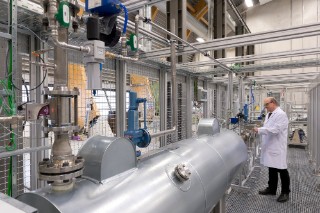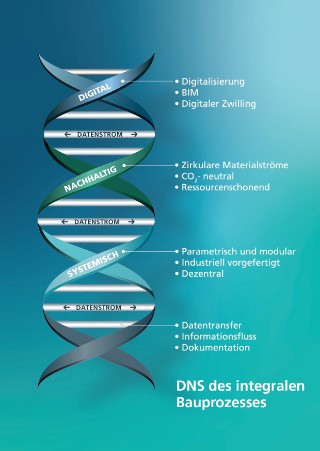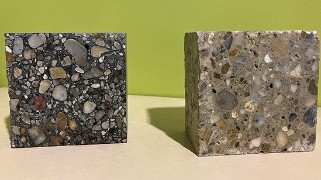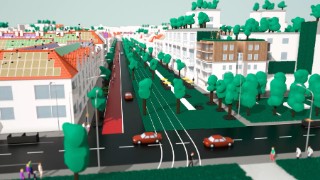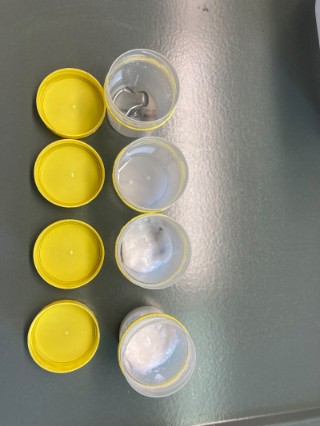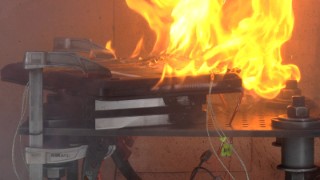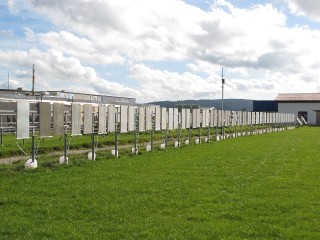Occupational health / 2025
Improved Indoor environmental quality in Industrial Workplaces

Researchers at the Fraunhofer Institute for Building Physics IBP have set out to improve the work environment for production employees. They have developed an analytical concept that combines measurements of temperature, air quality, lighting and noise with workers’ subjective perceptions. As people become more comfortable, efficiency and productivity could also increase.
more info
